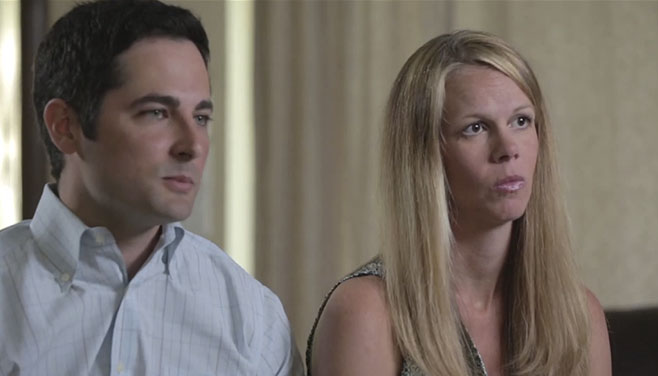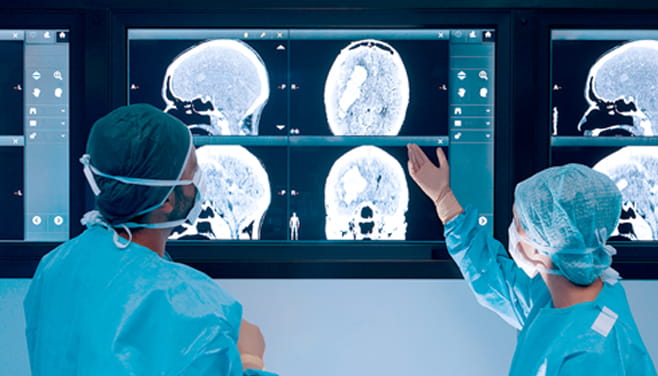Types of Stroke
Let Us Help You Find a Doctor
Let Us Help You Find a Doctor
U.S. PATIENTS:713.790.3333
Find a Specialist Near You
Houston Methodist is home to the first Comprehensive Stroke Center in the U.S. — and we remain a national leader in stroke diagnosis, treatment and research. With 16 connected emergency departments, we offer rapid stroke assessment and treatment.
Houston Methodist is accredited by The Joint Commission as a Comprehensive Stroke Center. Our board-certified specialists are available 24/7, offering the most advanced technology in Texas to quickly diagnose and treat even the most complex strokes. Our collaborative team offers the full scope of stroke care — from emergency intervention to rehabilitation and recovery.
Houston Methodist is accredited by The Joint Commission as a Comprehensive Stroke Center. Our board-certified specialists are available 24/7, offering the most advanced technology in Texas to quickly diagnose and treat even the most complex strokes. Our collaborative team offers the full scope of stroke care — from emergency intervention to rehabilitation and recovery.
Types of Stroke We Treat
- Ischemic stroke – Comprising approximately 85% of strokes, ischemic strokes are caused by narrowed or blocked blood vessels that disrupt blood flow to the brain. Blockages can be caused by blood clots or fatty deposits built up in the blood stream.
- Transient ischemic attacks – Also known as mini-strokes, TIAs are a temporary blockage of blood flow that last a few minutes or up to 24 hours. TIAs are a warning sign for a future stroke. Symptoms typically are milder versions of stroke symptoms. Learn more about TIA.
- Hemorrhagic stroke – Also known as a brain hemorrhage, these strokes occur when a blood vessel ruptures and bleeds into brain tissue or the space between the brain and the skull, cutting off oxygen to parts of the brain. Common causes of hemorrhagic stroke are ruptured brain aneurysms, arteriovenous malformations (AVMs), high blood pressure or brain trauma. Learn more about hemorrhagic stroke.
- Cerebral Venous Sinus Thrombosis – CVST occurs when a blood clot forms in the venous sinus, which is a large vein that helps move blood between the brain and the heart. A clot in the venous sinus prevents blood from leaving the brain, resulting in bleeding into brain tissue. Learn more about CVST.
About 1 in 4 people who have had a stroke will have another within 5 years, and each recurrent stroke carries greater risk of disability and death. After a stroke, medication and regular monitoring by a vascular neurologist can help reduce your risk.
Explore Stroke Treatments
Find Clinical Trials
Explore our comprehensive stroke treatments, from emergency care to rehab services.
Houston Methodist offers clinical trials to improve and advance stroke treatment.
A Young Mom’s Stroke at 28

At only 28 years old, Nicki had an ischemic stroke while attending church. An emergency clot-busting drug saved her life.
Watch Nicki's story here>
Watch Nicki's story here>
Choose a Doctor at One of Our Locations
FILTERS:
Clear All Filters


